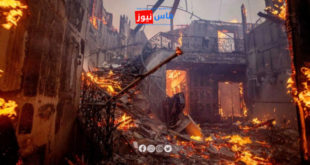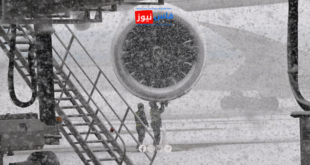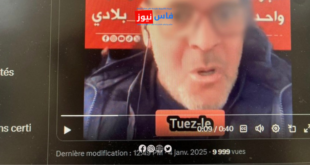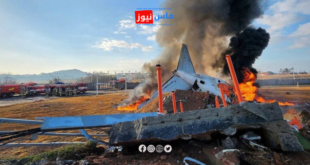Paris – The French capital Paris and other French cities witnessed massive demonstrations on Saturday, September 7, calling for the removal of President Emmanuel Macron. These protests were called for by leftist forces in response to Macron’s appointment of former right-wing minister Michel Barnier as head of government.
These demonstrations come in the wake of the controversial legislative elections held last July, where the left-wing alliance secured the first place. However, Macron’s decision to avoid appointing a prime minister from this alliance has angered the opposition and its supporters.
Protesters raised multiple slogans including “No to Macron’s use of force”, “No to stealing elections”, and “No to ignoring the people’s choice”. According to the “La France insoumise” website, about 150 protest sites were identified across France.
The demonstrations included other major cities such as Marseille, Lille, Nice, Lyon, Bordeaux, and Strasbourg, indicating the nationwide scale of the protests.
The left, especially the “La France insoumise” party led by Jean-Luc Mélenchon, views the appointment of Barnier, with his conservative background, as an explicit rejection of the voters’ will. The party considered this appointment tantamount to a “seizure of power”.
It’s worth noting that President Macron tasked Barnier last Thursday with forming a new government, which he described as “unifying in service of the country”. This decision comes two months after the early legislative elections in which the New Popular Front won a relative majority.
These events reflect an escalating state of political tension in France, where Macron faces a significant challenge in managing the country amid strong opposition from the left. These protests are expected to continue in the coming days, which may put additional pressure on the new French government.
The ongoing situation underscores the deep political divisions in France and the challenges facing Macron’s administration in bridging these gaps. As the protests continue, all eyes will be on how the government responds to the demands of the demonstrators and whether a compromise can be reached to ease the political tension.
 فاس نيوز ميديا جريدة الكترونية جهوية تعنى بشؤون و أخبار جهة فاس مكناس – متجددة على مدار الساعة
فاس نيوز ميديا جريدة الكترونية جهوية تعنى بشؤون و أخبار جهة فاس مكناس – متجددة على مدار الساعة












